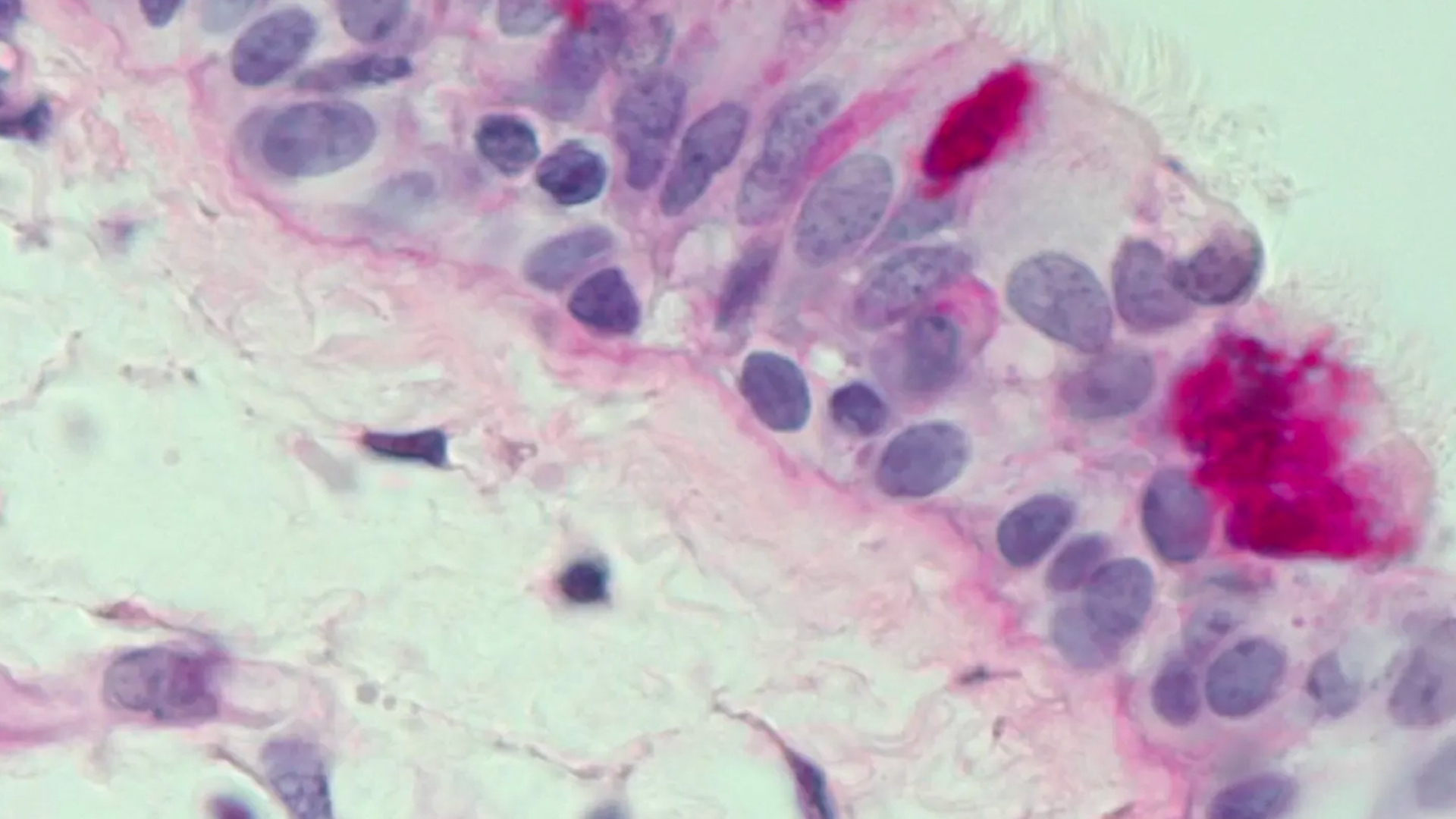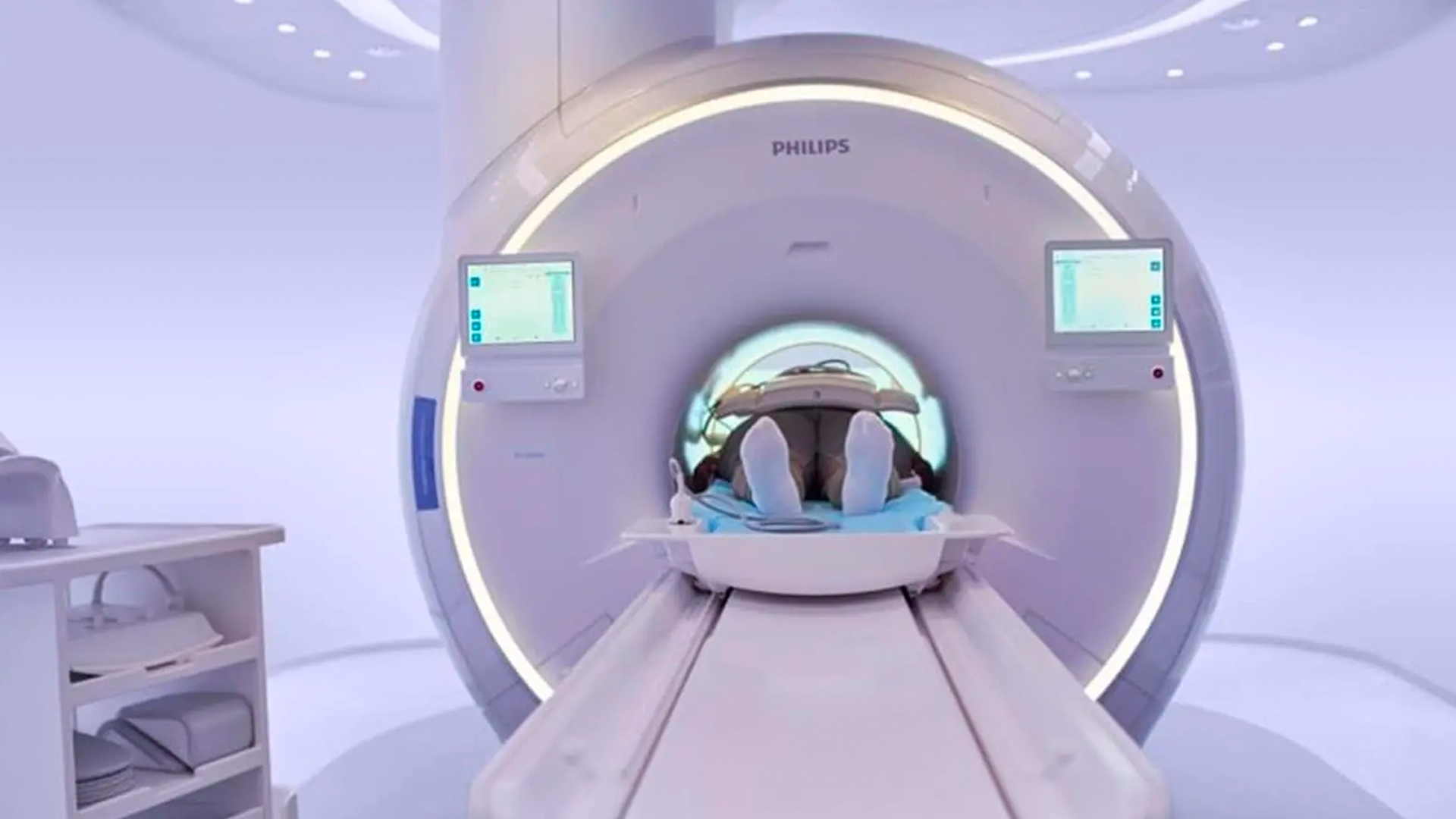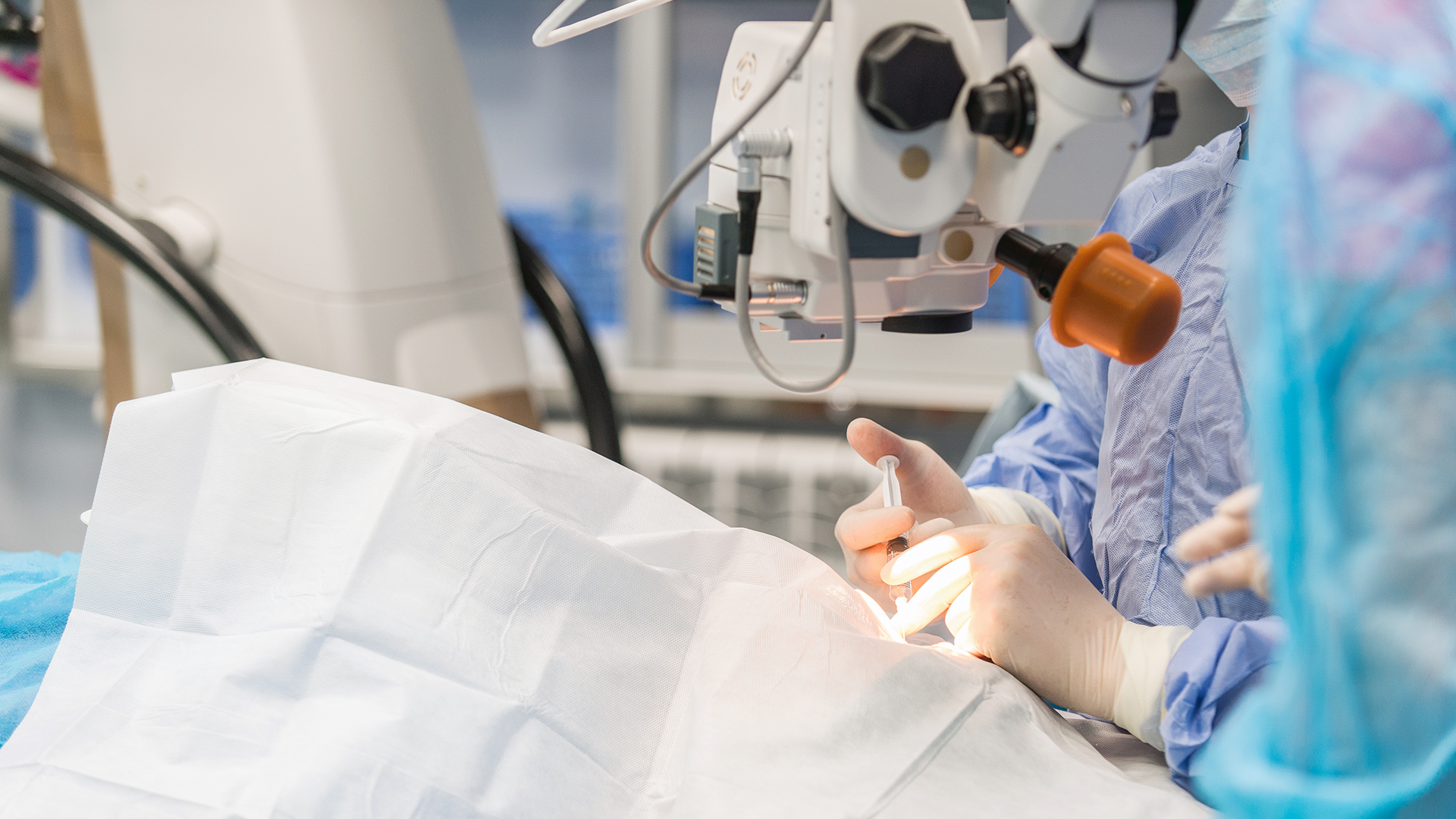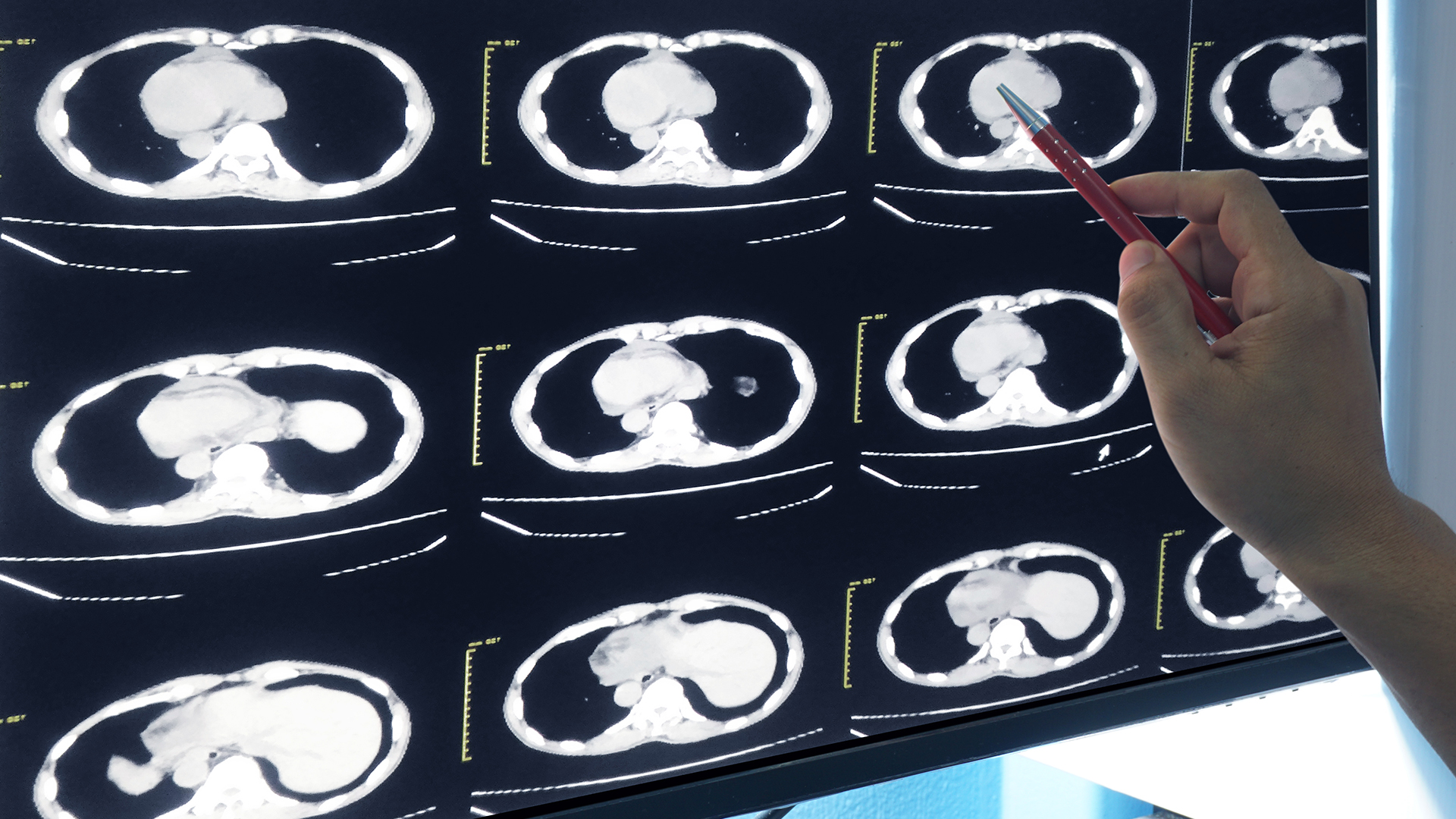What are Lung Carcinoid Tumours?
Pulmonary carcinoid tumours exhibit a markedly slower growth rate than their malignant counterparts, which may explain why they are not frequently discussed. Yet, they represent a significant subset of lung cancers.
The origin of these tumours is tied to neuroendocrine cells. Neuroendocrine cells serve dual functions. Think of them as the multitaskers of our body – part nerve cells and part hormone producers. Their omnipresence across the body becomes problematic when unregulated growth is observed in the lung milieu, leading to the formation of lung carcinoid tumours.
It’s important to understand what these tumours are like. Even though ‘carcinoids’ might sound harmless, they can become cancer. Nonetheless, their inherent slow growth augments the probability of early detection, facilitating effective treatment protocols and potential eradication.
In the broader scope of pulmonary health, understanding lung carcinoid tumours underscores the complexity of cellular functions and the imperative for rigorous research and patient awareness.
Carcinoid vs. Carcinoma: Understanding the Tale of Two Cancers
While carcinoid and carcinoma pertain to cancerous growths, their distinct origins and behaviours set them apart.
Picture this as two cells turning cancerous, each telling its unique story. Carcinoid tumours, typically stemming from neuroendocrine cells, exhibit a more gradual progression. Contrastingly, carcinomas arise from epithelial cells lining the body’s organs and tissues and can be more aggressive. The differentiation between the two is academically essential and crucial for effective diagnosis and treatment.

By understanding these differences and being vigilant, one can navigate the complex landscape of cancer diagnosis with a clearer perspective, paving the way for timely action and better health outcomes.
From Coughs to CT Scans: Diagnosing Lung Tumour Symptoms
You might wonder if you can hear a lung tumour. You may not ‘hear’ it, but its presence can influence how your lungs work. This could lead to noticeable symptoms like a lingering cough or wheezing, sounds your doctor might pick up with a stethoscope. However, they’ll rely on more advanced imaging to diagnose a tumour.
Depending on their size and location in the lung, carcinoid lung tumours might lead to symptoms like persistent coughing, wheezing, or shortness of breath. There’s even a unique condition called carcinoid syndrome — where the tumour releases hormones leading to specific symptoms. Remember, different cancer cells can manifest in a host of different ways, so always stay alert to any changes in your health.
Touching on a broader phenomenon known as paraneoplastic syndromes is essential. An unusual immune response to a tumour sets off these rare disorders. Rather than being caused by the direct physical effects of the tumour itself, they arise from the body’s reaction to substances produced by the tumour.
For instance, in lung tumours, these syndromes might lead to symptoms in systems not directly impacted by the tumour, like the nervous system, manifesting as neurological symptoms and more.
Blood and urine tests can confirm carcinoid syndrome by detecting higher levels of certain substances. CT scans, or MRIs, identify tumour size, location, and potential metastasis. Biopsies are required for precise type determination.
Lung Carcinoid Tumour Staging, Spread and Survival Rates
To get a clear picture of a carcinoid tumour, doctors use what is termed as ‘staging’. This vital step tells them how much the tumour has grown, whether within the lungs or beyond. A mix of advanced tools like CT scans, MRIs and PET scans provides these insights.

Stages range from I, where the tumour is still localised, to IV, indicating that it has significantly spread to other organs. Notably, the stage isn’t just a diagnosis; it’s a roadmap for treatment options, helping doctors choose the best approach for each patient.
Once diagnosed, what is the lung carcinoid tumour survival rate? Statistical estimates are generally good for those with typical carcinoid tumours: more than 90% of people are still alive after the five-year benchmark.
Those with the more aggressive atypical carcinoids face steeper challenges, with slightly lower survival rates. Still, for every carcinoid tumour, early detection is critical — generally, the earlier the stage, the better the survival odds. However, everyone’s journey with cancer is unique, so these numbers are just a starting point. Individual experiences and outcomes can vary widely.
Typical Carcinoid Lung Tumour Recurrence
After undergoing treatment for a carcinoid tumour, patients often sigh relief. But the journey doesn’t necessarily end there. Despite their relatively benign nature, there’s a potential for these tumours to recur.
With atypical carcinoids, these aggressive variants can sometimes come back. Lung tumour recurrence is a phrase no patient wants to hear.
The recurrence rate for typical carcinoid tumours in the lungs can vary, and the specific rate would depend on various factors, including the stage of the tumour when it was first diagnosed and treated, its precise location, the thoroughness of its removal, and any initial spread to lymph nodes or other regions.
Being prepared and understanding the risk is pivotal. Regular post-treatment check-ups, which may include physical exams, imaging and occasionally blood tests, are essential to detect signs of a tumour’s return or the emergence of new tumours. Should a recurrence be identified, the subsequent treatment approach will hinge on the tumour’s characteristics, potentially involving surgery, radiation, or medications.
Regular check-ups and staying vigilant about any changes in health can be vital in catching and addressing recurrence early. Knowledge and proactive care are our strongest allies in every health challenge.
Surgery to Remove Benign Carcinoid Lung Tumour Options and Recovery
Surgery is often the procedure when faced with a benign lung tumour. The choice of carcinoid tumour lung treatment primarily hinges on the tumour’s character — its size, exact location, and variety. Recovery time varies based on the surgical approach, but with minimally invasive surgeries like keyhole lung surgery, recovery time can be shorter.
Some patients undergo a lobectomy, where an entire lung lobe is excised. Life expectancy after lobectomy is generally positive, mainly if the tumour is localised and hasn’t spread. Others might experience a wedge resection, where the tumour and a little cushion of healthy tissue are removed.

In today’s age of medical advancements, there’s even better news for patients. Minimally invasive surgeries like video-assisted thoracoscopic surgery (VATS) have revolutionised the surgical experience. With smaller incisions and refined techniques, VATS offers patients the promise of quicker recoveries, getting them back to the rhythm of their lives sooner than traditional methods.
The anaesthetic considerations for patients with lung carcinoid tumours are unique because of the risk of carcinoid crisis — a severe episode of flushing, low blood pressure, and difficulty breathing. Proper preoperative evaluation and the use of specific drugs can prevent this complication for patient comfort and safety during lung carcinoid tumour surgeries.
Beyond surgery, other treatments for lung carcinoid tumours include radiation therapy and chemotherapy. Targeted drug therapy might sometimes be employed on specific abnormalities within the tumour cells. Additionally, for carcinoid tumours that produce hormones leading to symptoms, somatostatin analogues (synthetic somatostatins helping to control the symptoms of carcinoid syndrome) like octreotide can effectively relieve symptoms like diarrhoea and flushing of the skin.
The Journey of Living with Lung Carcinoid Tumours
Lung carcinoid tumours, often tucked away silently in the recesses of the lungs, mandate a proactive approach. The path of living with these tumours is less about the destination and more about consistent vigilance.
Regular health check-ups and screenings aren’t just recommended — they are a cornerstone of healthcare recommendations at Neumark Lung & Chest Surgery Centre.
Patients can actively engage in their healthcare journey by focusing on any potential resurgence of typical carcinoid tumours or related conditions, especially after undergoing treatment. Patients find empowerment in this partnership with their healthcare providers, ensuring they remain active participants in their healthcare decisions.

